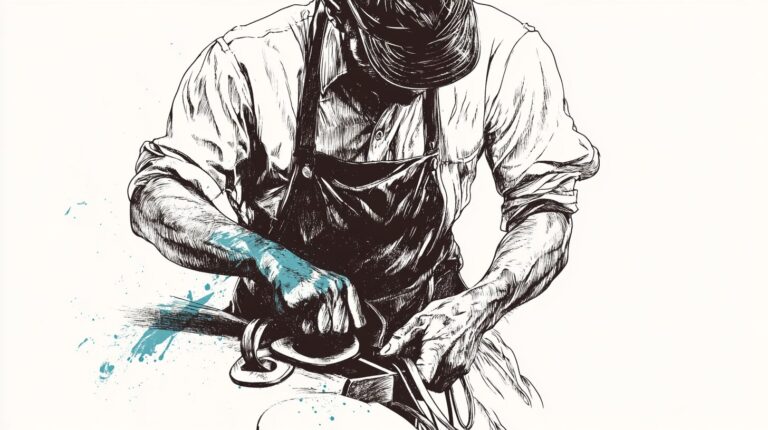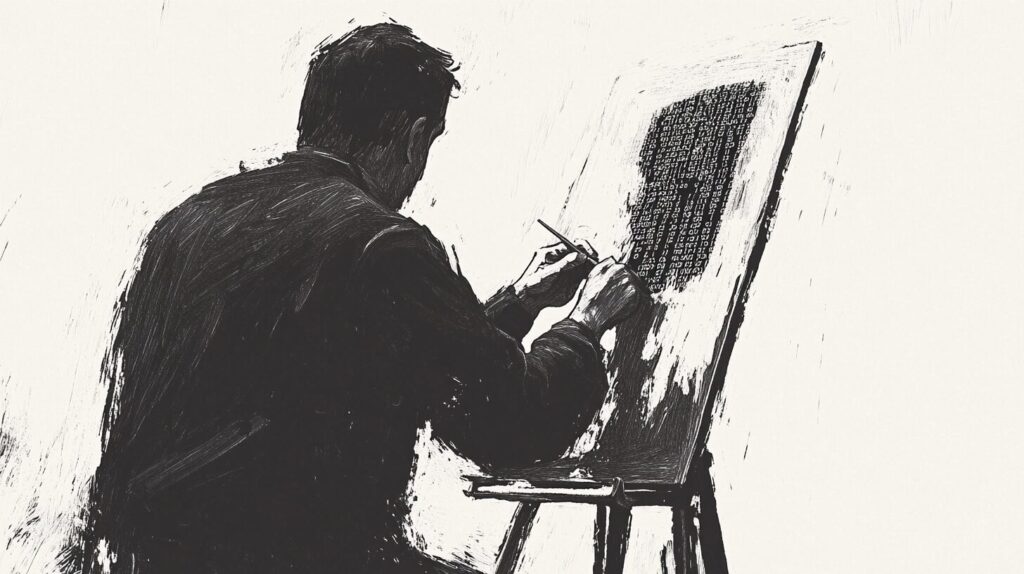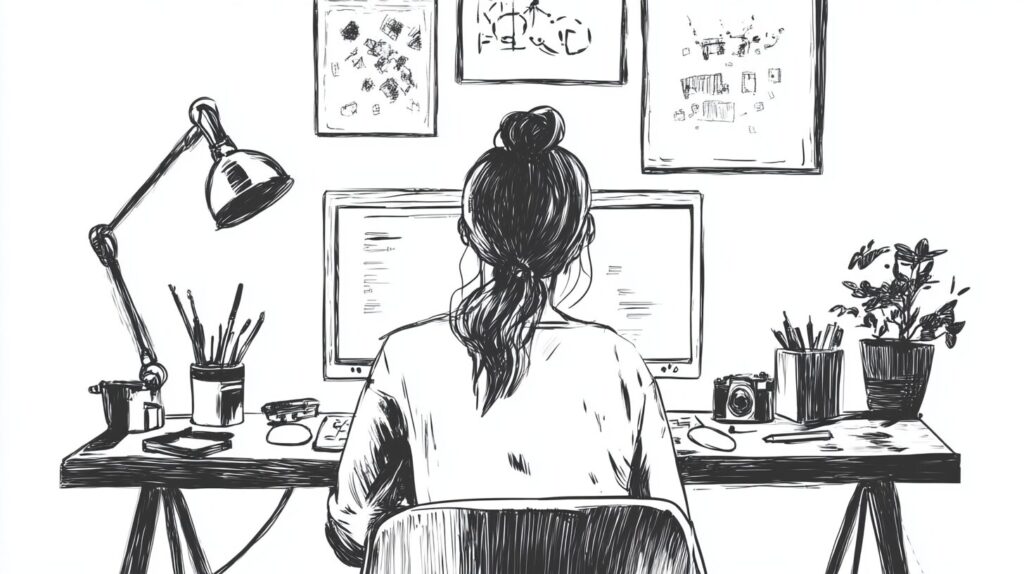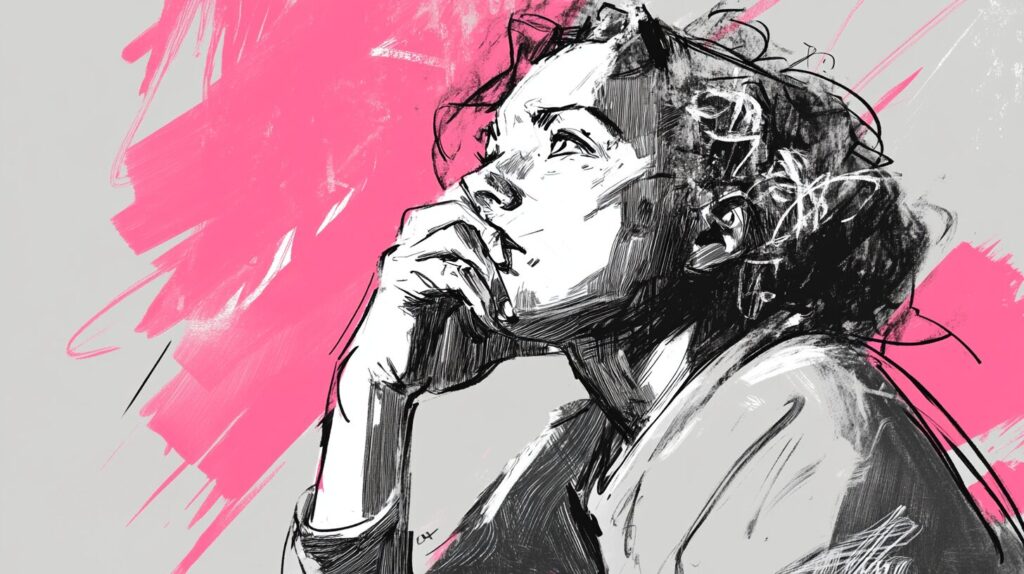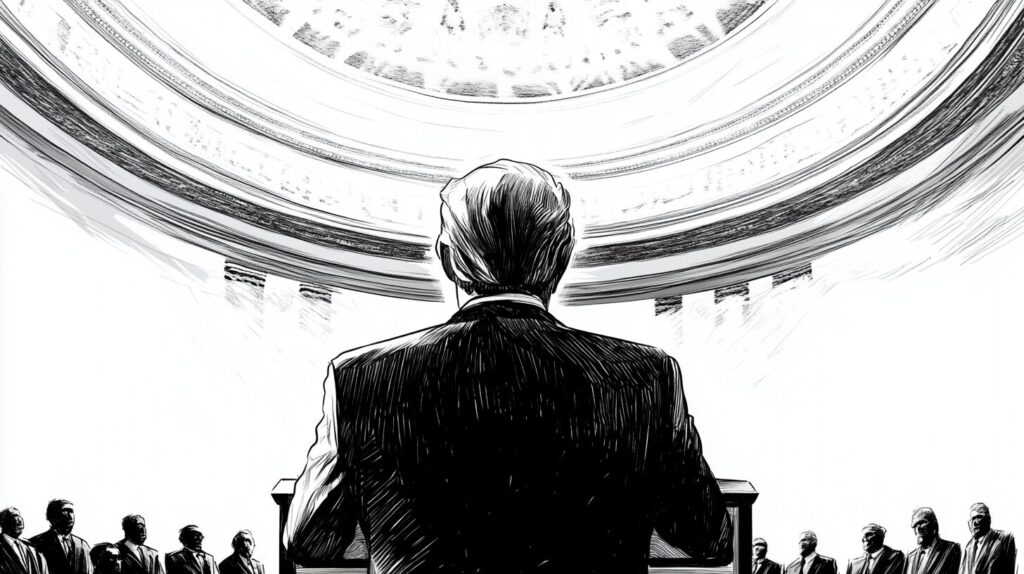Imagine you’re a blacksmith in the early 1900s.
For generations, your craft has been essential—shaping iron, forging tools, shoeing horses. Then, the automobile arrives. And you dismiss it.
But then, it spreads. Horse-drawn carriages fade, and your once-thriving trade shrinks.
Some blacksmiths refuse to adapt. They curse the machines, mock their flaws, and wait for the world to correct itself. It never does.
What Business Are You Really In?
The blacksmiths who saw beyond the ironwork—the ones who realized they were actually in the transportation business and the problem-solving business—became mechanics, engineers, and industrial designers.
They didn’t just survive. They thrived.
We are standing at a similar moment today with AI.
It’s not coming for just one trade—it’s coming for all of them.
The real question isn’t:
“Is AI coming for my work?”
It is.
The better question is: What business am I really in? What is the actual value I bring to the marketplace–beyond my job title or role?
Disruption Is a Rule, Not an Exception
Every time a new technology lowers the barrier to entry in a creative field, the same cycle repeats:
- The printing press disrupted the scribes.
- The camera disrupted portrait painters.
- Digital music disrupted the record industry.
- The internet disrupted media and journalism.
- Self-publishing disrupted the book business.
And yet, storytelling, journalism, photography, and music didn’t disappear. They adapted.
The tools changed, but the work found new ways to exist.
AI is no different.
If AI Can Replace It, What Was Its Value?
- If AI can generate a passable logo in seconds, was graphic design just about making logos?
- If AI can write a children’s book, was writing just about arranging words?
- If AI can compose a song, was music just about hitting the right notes?
These questions are uncomfortable because they force us to confront a truth:
Some of what we thought was craftsmanship was really just production.
And production will always become more efficient–more automated, more optimized.
But that’s not the whole picture. Because when new tools appear, what matters most isn’t what they can do—it’s what they can’t.
Three Irreplaceable Elements of Creative Work
AI can generate. It can remix. It can optimize.
But it still struggles to do the things that truly define creative mastery:
1. Judgment (Knowing What’s Worth Making)
- Anyone can push a button and generate a thousand AI-generated images.
- Few can recognize the one image that actually matters.
- Great designers don’t just make things look good—they make them work.
AI can flood the world with content, but it doesn’t understand context, or culture, or nuance very well.
2. Taste (Knowing When to Break the Rules)
- A great chef doesn’t just follow recipes—they create new ones.
- A brilliant musician doesn’t just play notes in order—they know when to break structure to create surprise.
AI follows patterns. It recognizes statistical probabilities. It can only look backwards to inform what it creates going forward.
But creativity isn’t just about doing what has worked before—it’s about knowing when to do what shouldn’t work, and placing creative bets on a future that hasn’t happened yet.
3. Meaning (Creating Connection, Not Just Content)
- A joke isn’t funny because of the words—it’s funny because of the timing, the delivery, the context, and the others who are in on the joke.
- A song isn’t powerful because of its structure—it’s powerful because of the emotion it stirs.
AI can simulate style, but it doesn’t feel.
And people don’t connect with style, and content alone. They connect with meaning.
The artists, writers, and creators who understand this will be the ones who endure.
The Market Has Already Decided—Now It’s Your Turn
AI isn’t a debate. It’s here. It’s moving forward with or without us.
So we have two choices:
1. Dig in and hope the world stops changing.
2. Ask ourselves what business we’re really in—and evolve.
If your value was in speed, AI will beat you.
If your value was in efficiency, AI will replace you.
But if your value is in insight, taste, storytelling, curation, and connection—then AI isn’t your competitor.
It’s just another tool.
And Artists use tools to create art.
If you enjoyed this post, please consider sharing it with someone else who might too–the buttons below can help.
Thank you!
